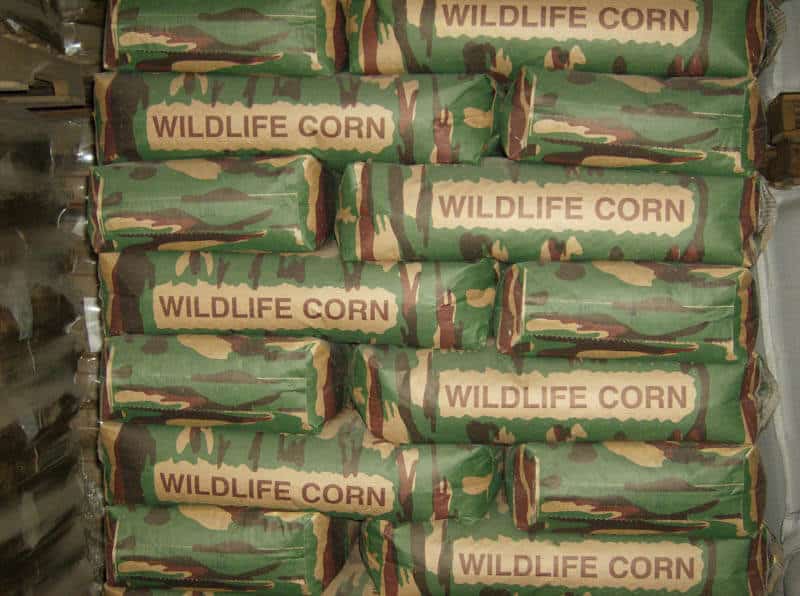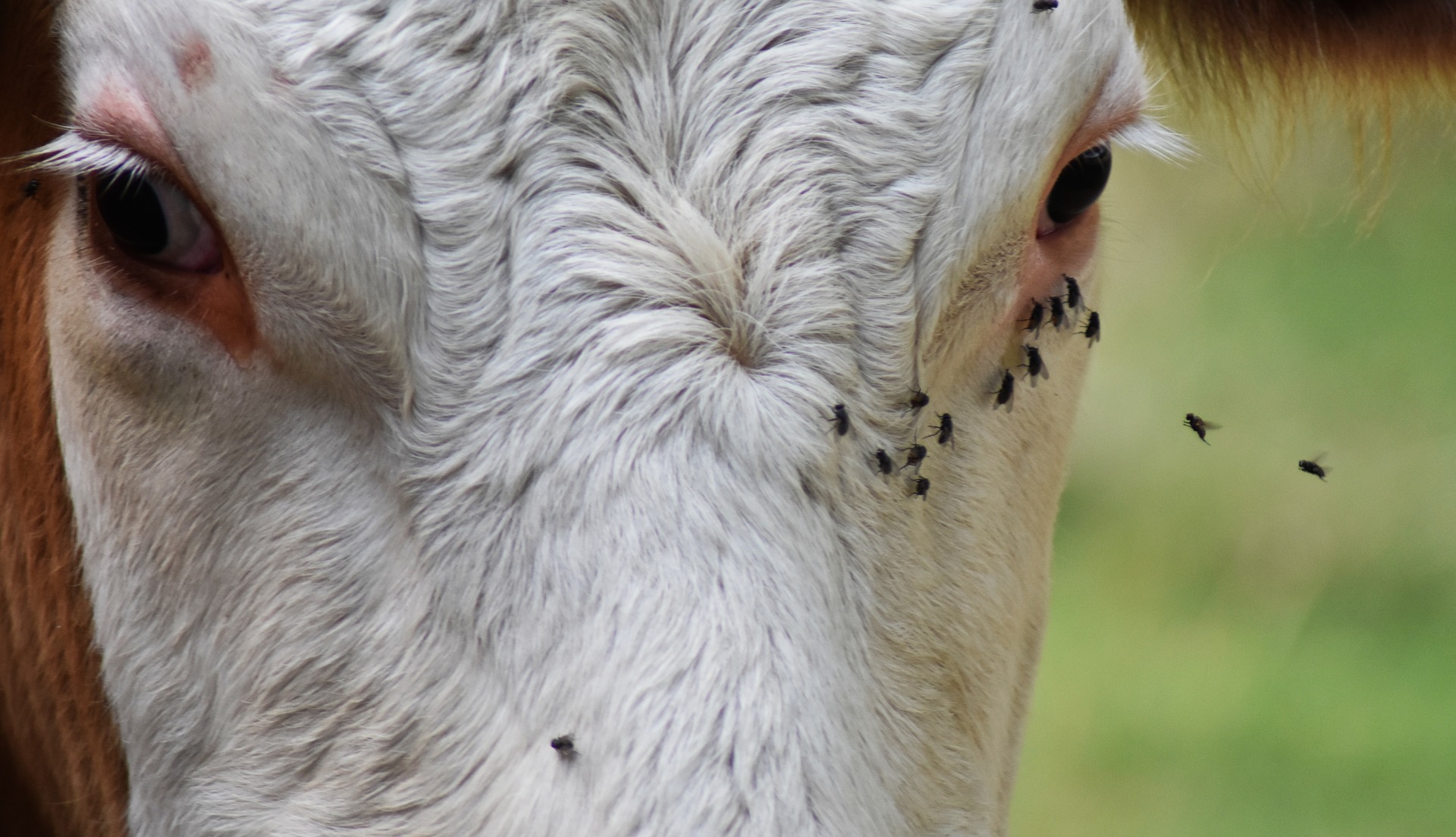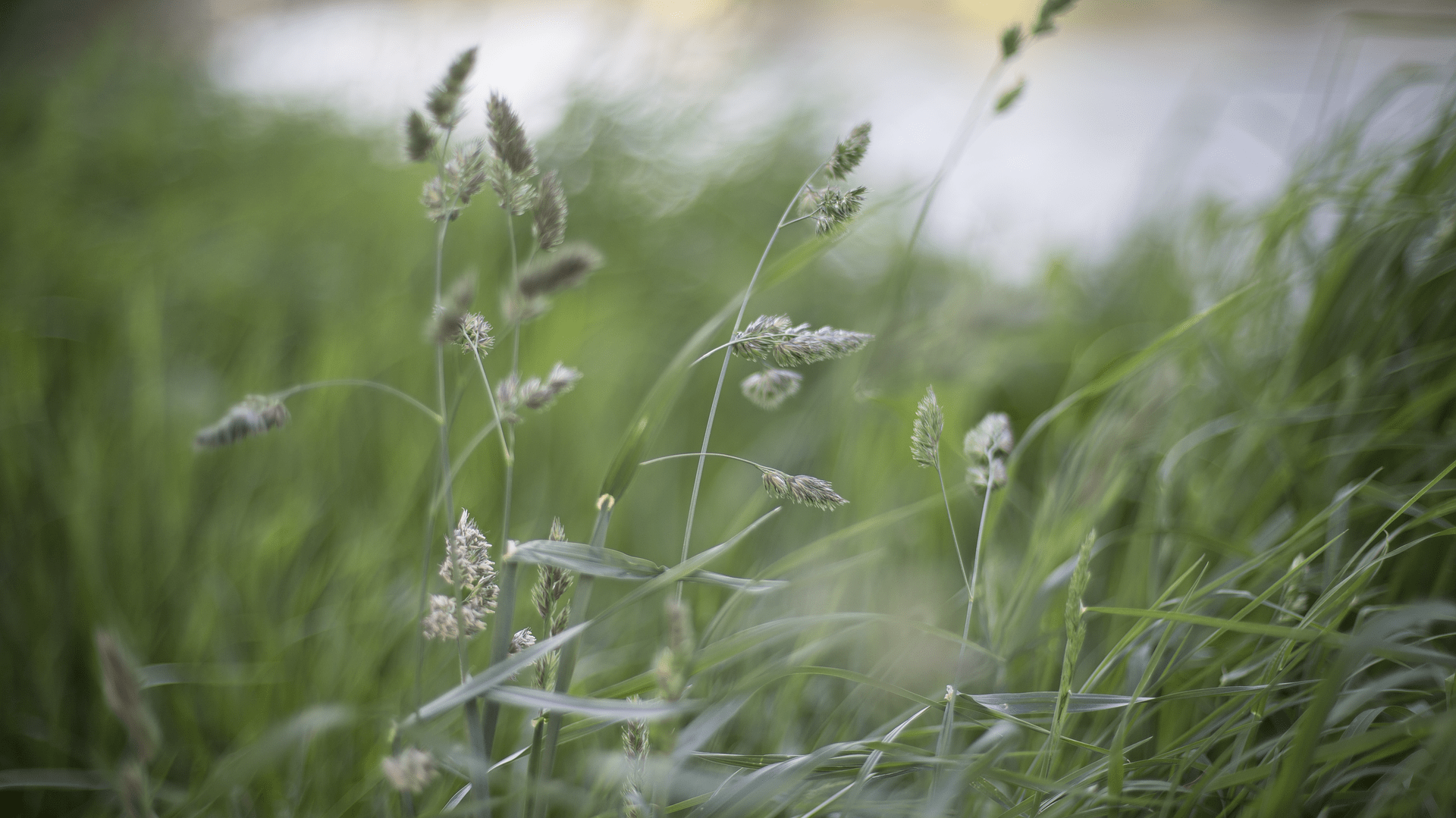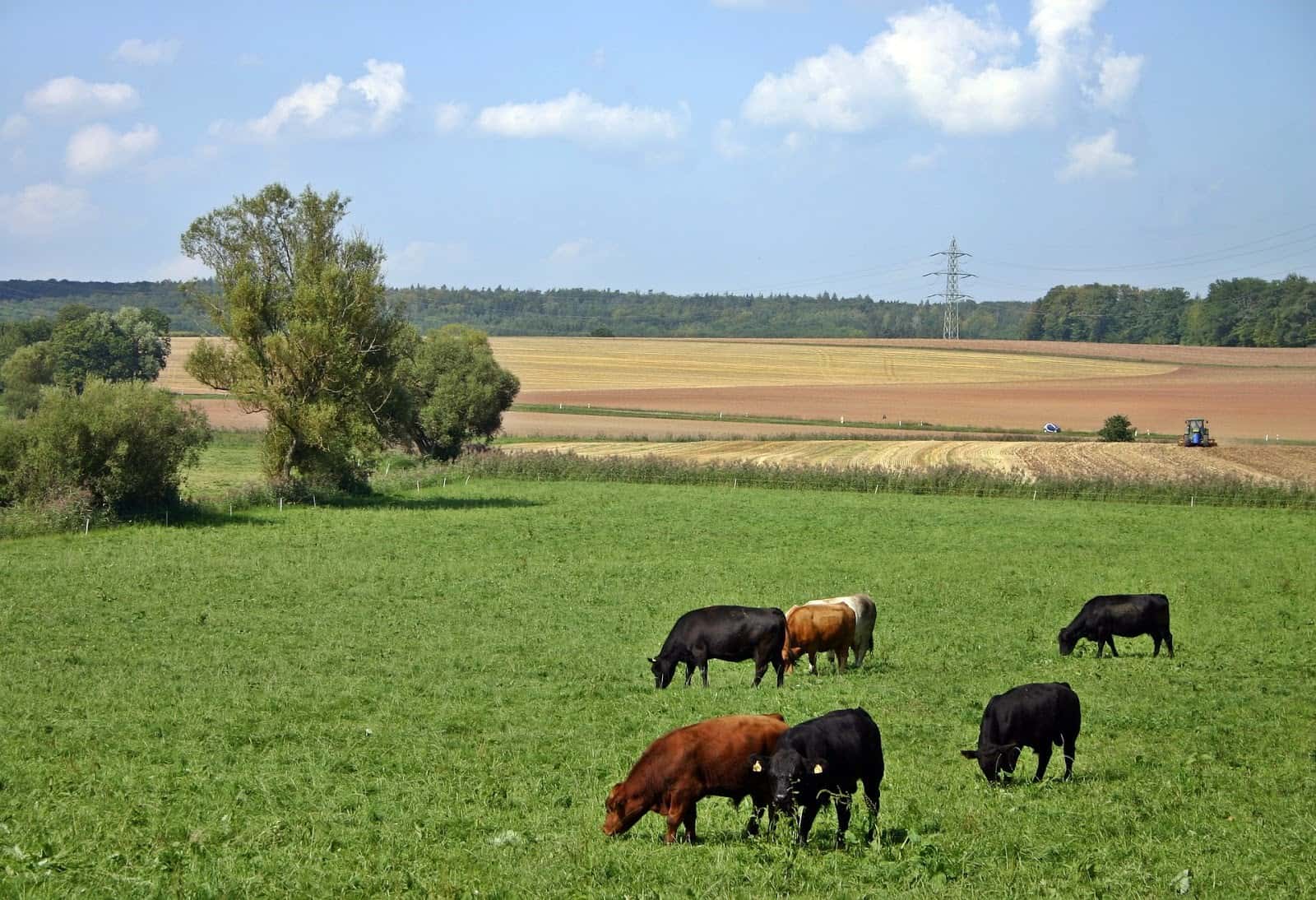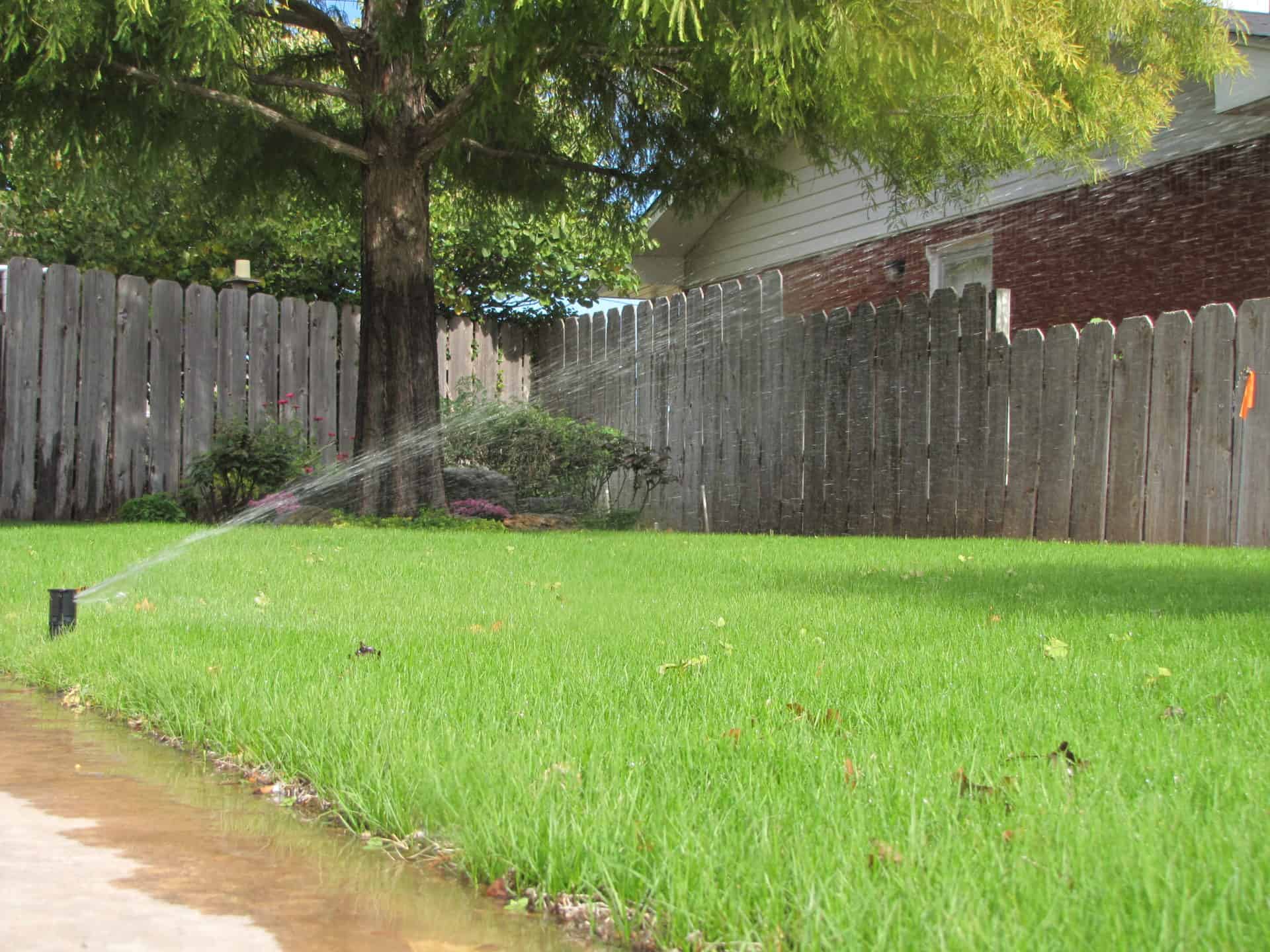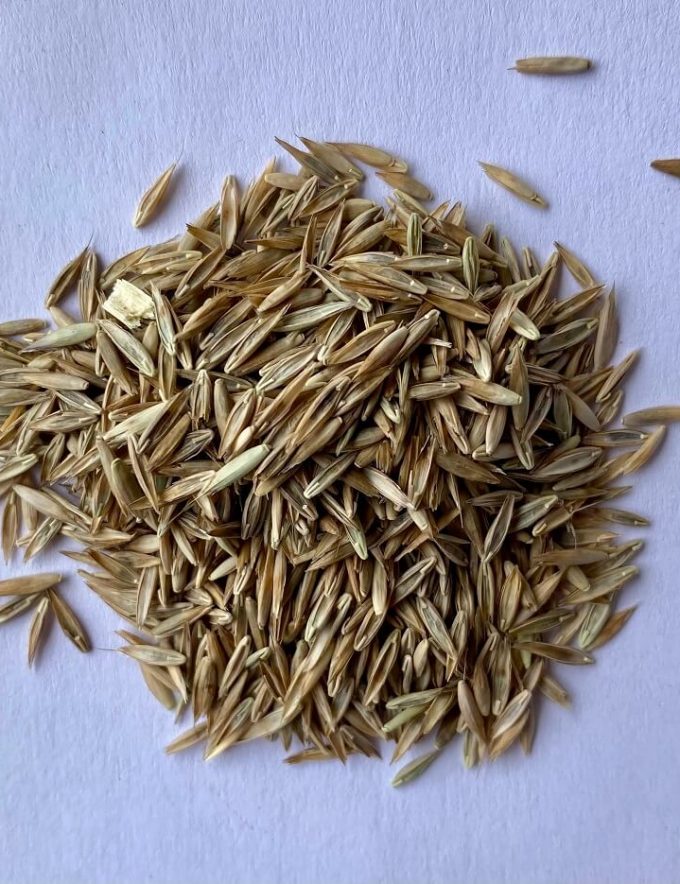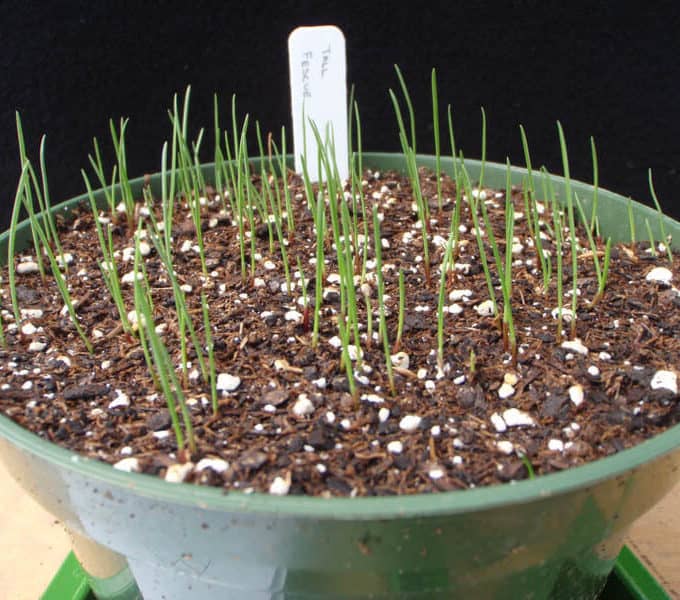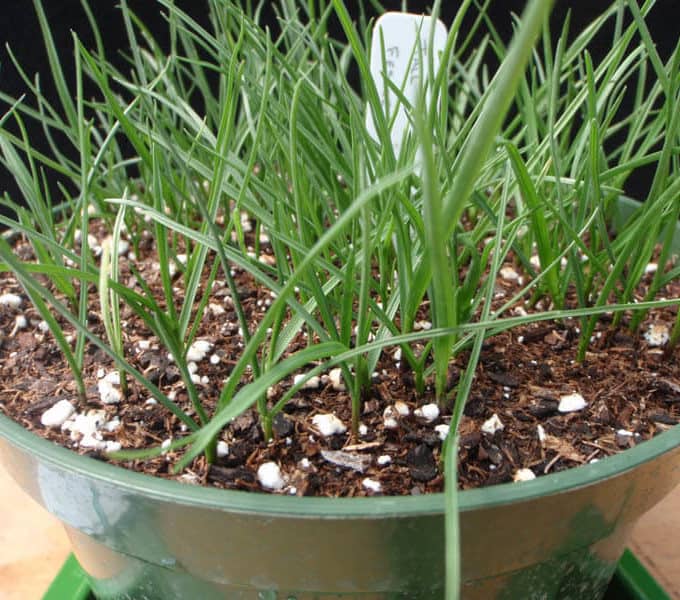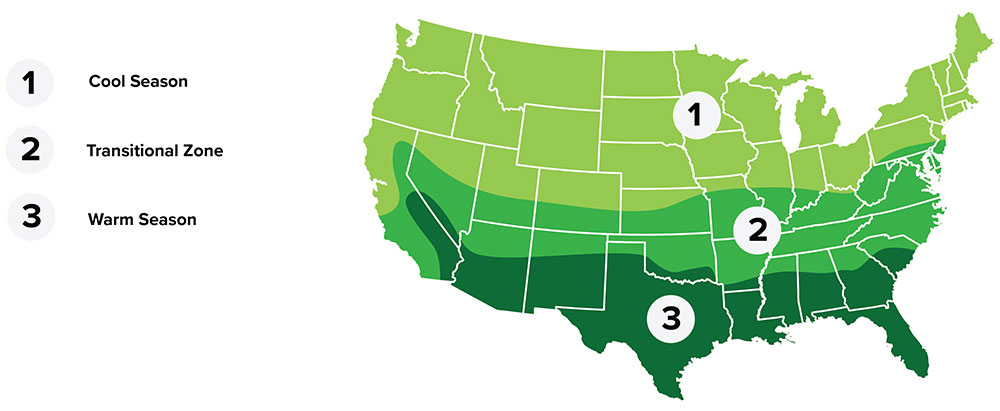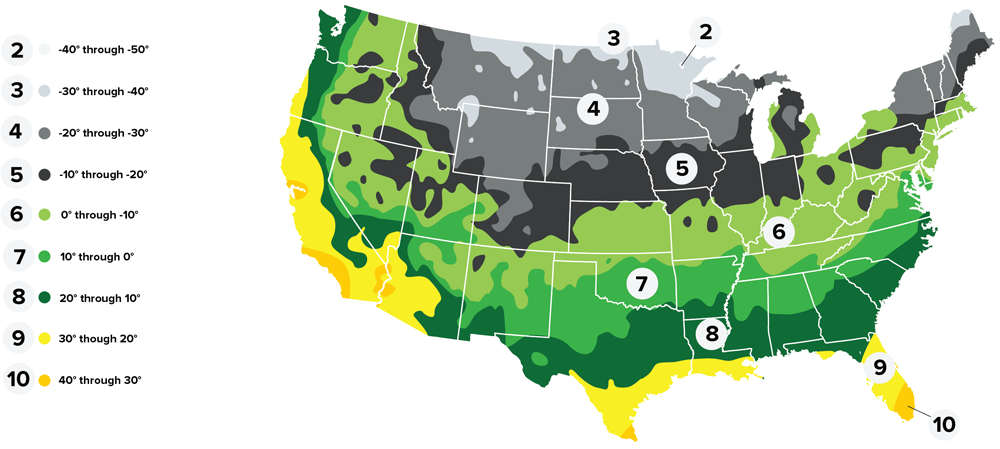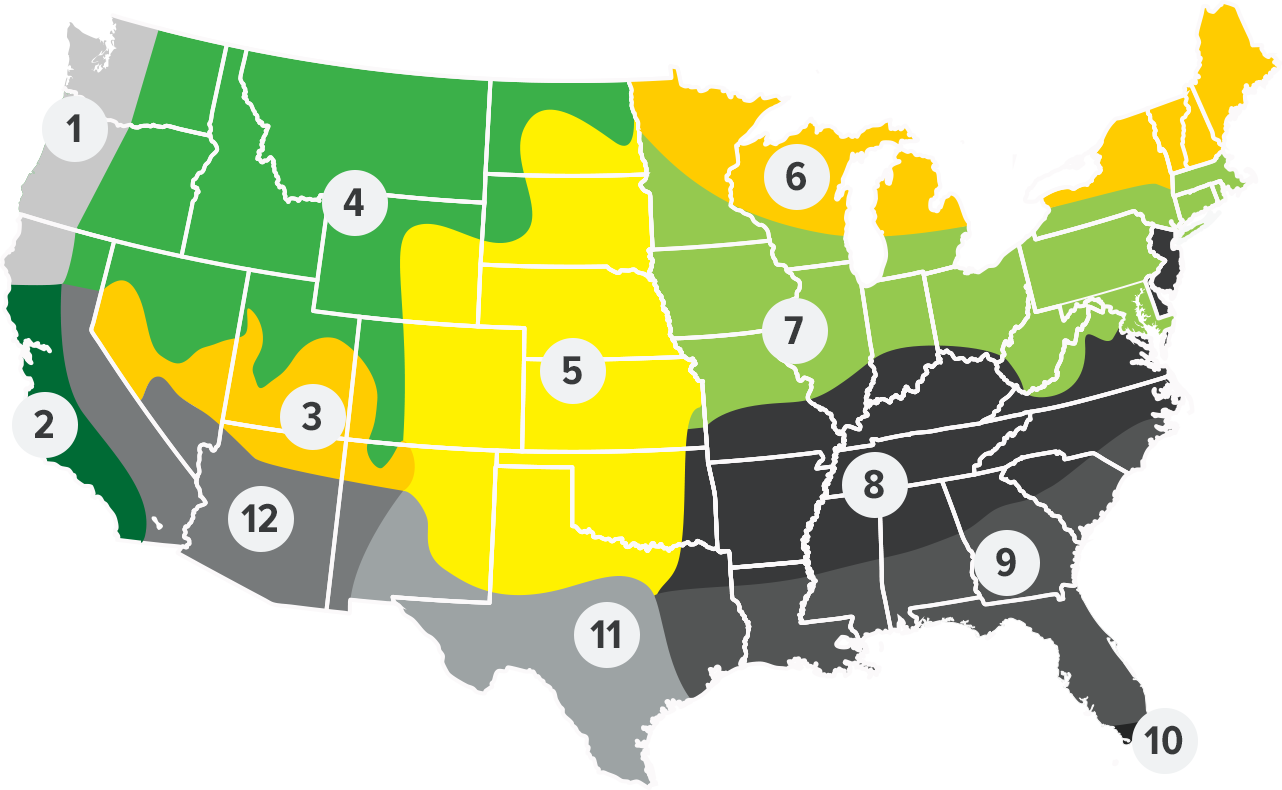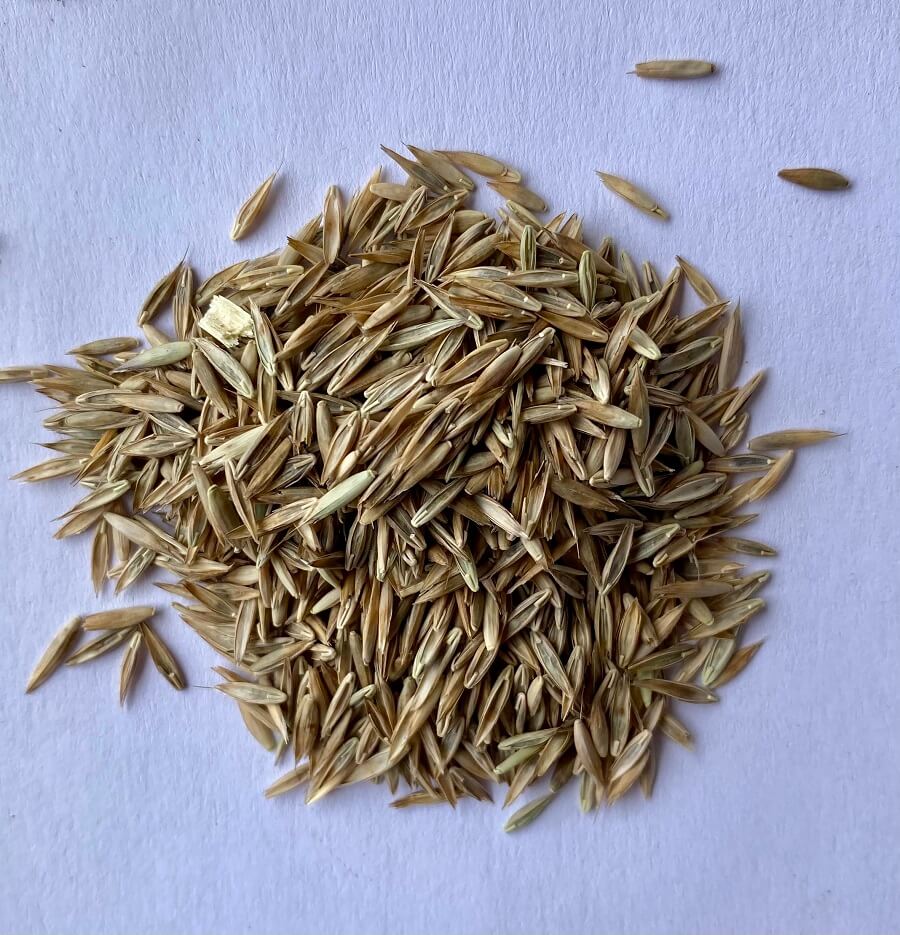
KENTUCKY 31 FESCUE
Summary
Kentucky 31 is currently primarily used for lawn and turf grass. It does have a more coarse appearance than improved types. While Kentucky 31 tall fescue has and is used extensively for livestock pasture grass, agronomists no longer recommend Kentucky 31 for livestock pastures due to the presence of endophytes. Endophytes are a naturally occurring fungus in fescue grass species that protect the grass from insects and disease. Endophytes cause issues with cattle and horses that graze on fescue grass that contains them. See our beneficial endophyte species for forage tall fescue.
Plant Characteristics
Taxonomy
Zone
- Regional Growing Zone
- 1 - Northwest Coastal, 2 - California Coastal, 3 - Southern Mountain, 4 - Mountain, 5 - Midwest, 6 - Northeast Lakes, 7 - Great Lakes South, 8 - Appalacia, 9 - Southeast, 10 - South Florida, 11 - South Texas, 12 - Southwest
- USDA Plant Hardiness Zones
- 2, 3, 4, 5, 6, 7, 8, 9, 10
- Temperature Zone
- Warm, Cool, Transitional
Plant Characteristics
- Height
- 24" - 48"
- Leaf Color
- Green
- Growing Cycle
- Perennial
- Sun Requirement
- Full Sun
Plant Information
- Planting Season
- Fall - Early-Spring
- Plant Depth
- 0.25"
- Minimum Soil Temp for Germination
- 50° F
- Establishment
- Easy
Seed Information
- Seeds Per Pound
- 227,000
- Kingdom
- PLANTAE
- Subkingdom
- TRACHEOBIONTA
- Super Division
- SPERMATOPHYTA
- Division
- MAGNOLIOPHYTA
- Class
- LILIOPSIDA
- Subclass
- COMMELINIDAE
- Order
- CYPERALES
- Family
- POACEAE
- Genus
- SCHEDONORUS
- Species
- SCHEDONORUS ARUNDINACEUS
Coverage Area & Available Sizes
How to Use & Apply
Tall fescue is easy to establish due to its rapid germination and good seedling vigor. It may be planted by any common method such as grass seeders, hydroseeding, and broadcasting.
Applications
8-10 LBS PER 1000 SQ. FEET
20-25 LBS PER ACRE
20-25 LBS PER ACRE









